Recent weeks and months have been extremely difficult from a weather point of view for many farmers.
Relentless rain has forced cattle indoors prematurely across the midlands and west.
Some have told us that their animals have been housed since July and there’s no sign of them getting back out.
Others are still able to graze on drier ground, but have not yet been able to travel on their silage ground to take out second cut.
While there were windows to make a lot of silage at the beginning of the season and many capitalised, feeding it out in September is generally not the plan for most farmers, never mind July. The double whammy of a longer winter and missed second cut could spell trouble from a feed stock point of view.
It is imperative that all farmers carry out a fodder budget as soon as possible, not just those with no second cut made or with cattle in early.
Based on previous years, you may think that there’s enough fodder saved, but it’s important to know where you stand in the event of a slow spring.
How long can you feed for?
Keeping 30 cows indoors for an extra fortnight requires 21t of fresh silage.
When we consider that a good yield from first-cut silage is 9t/acre, it is easy to see how stocks can deplete fast.
Also, all silage is not equal.
Different classes of animals will be eating different batches of silage.
When you know your overall fodder balance, look closer at how much you have from each main cut and surplus bale removal.
What’s in reserve?
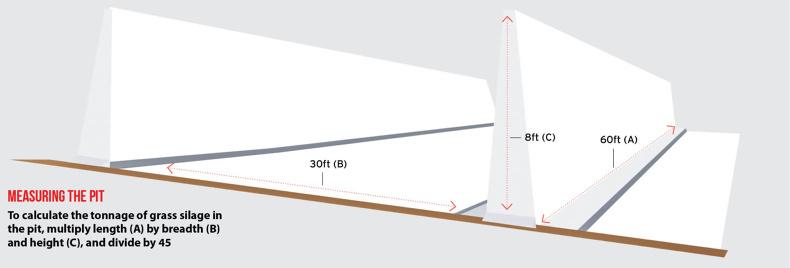
Figure 1 outlines the measurements (length/width/height) needed to calculate tonnage in a silage pit. Take measurements in feet and multiply A x B x C.
Divide the final figure by 45.
Where silage is single-chopped, divide by 50 as silage will not be as compacted.
Where the pit is sloped (not perfectly cubic), dissect the slope with measurements A or C to account for the missing volume.
Alternatively, assume that poor-, average- or good-yielding first-cut silage will produce 7t, 8t or 9t/acre respectively.
With second-cut, assume 3t, 4t or 5t/acre for poor-, average- or good-yielding crops. However, guessing like this is far less accurate than taking the measuring tape to the clamp.
Those making bales can use Table 1 to calculate each bale’s equivalent weight as 25% dry matter pit silage.
This will depend on the length of the wilting period and the weather at harvest. Bales mowed and cut on the same day in relatively dry conditions will have a dry matter of 25%.
A 24-hour wilt will lift this figure to 30%, while a 48-hour wilt in hot sunny weather will produce 40% dry matter bales.
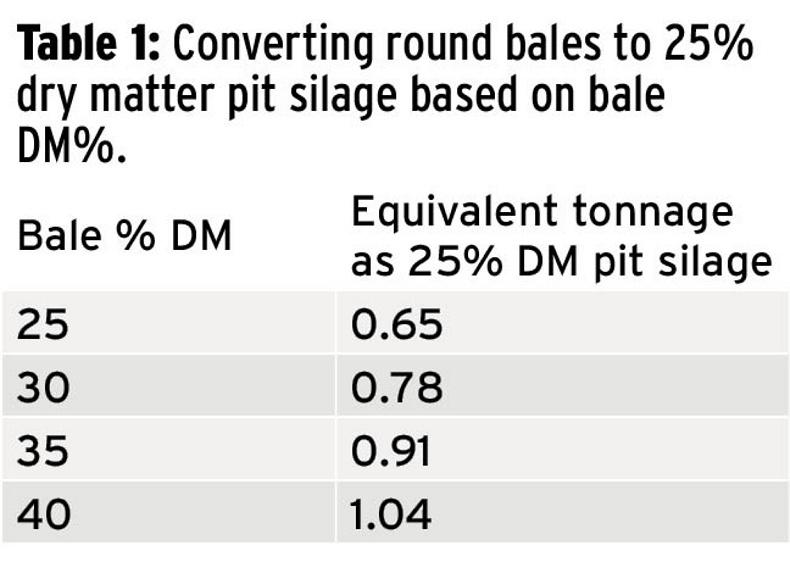
What is required?
Once silage stocks are known, calculate what exactly is needed on a per-head basis each month. Table 2 outlines the amount of silage required for each individual livestock class, monthly.
Use the table to calculate your demand for fodder this winter. Allow for the worst case scenario first, ie a spring no-show, and work back from there.
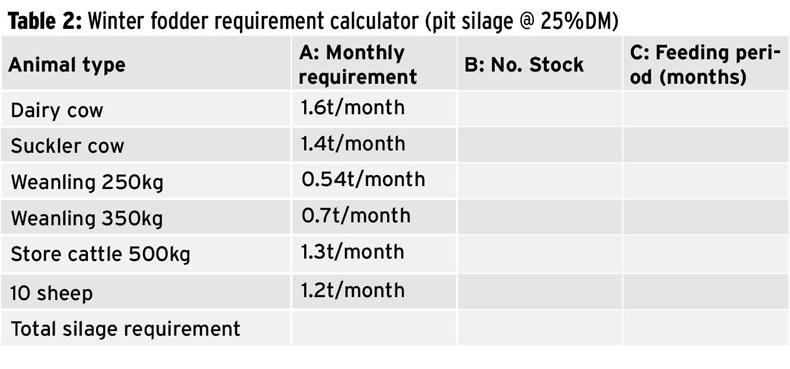
What next
If your budget is showing up a surplus, there might be an opportunity to generate cash by offloading some bales.
However, be warned – we don’t want to be lamenting the decision next year if things get tight at any stage.
Unless they are using up space in the yard, the best idea might be to hold on to them as a warchest.
If the budget shows a deficit, turn over the page to see some of the options available around alternative fodder sources.
Fodder concerns see prices surge/a>
Winter finishers require €4.45/kg to break even – Teagasc beef budgets







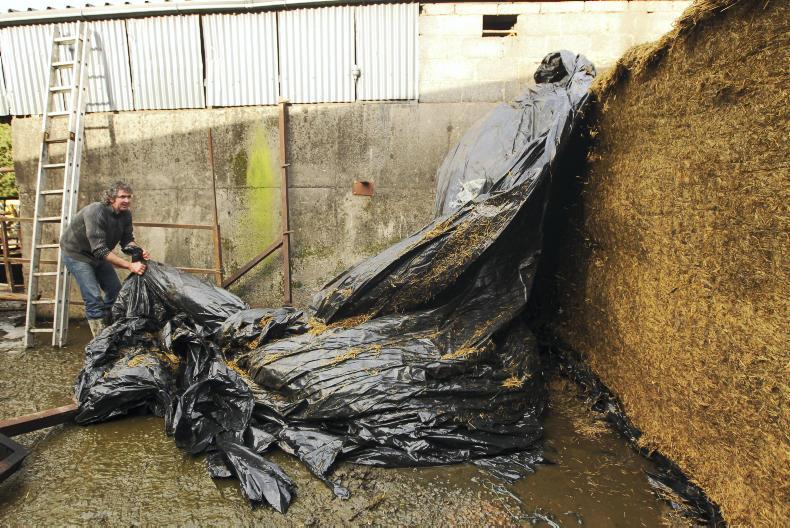



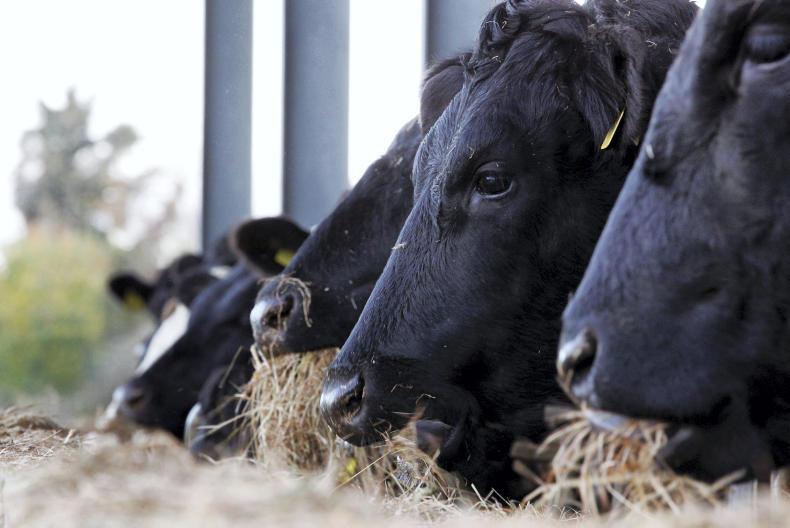
SHARING OPTIONS